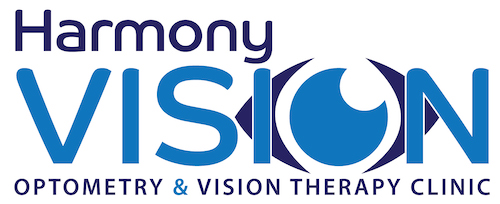Vision therapy app for amblyopia
We look forward to the completion of the trials of “Dig Rush”, a game developed by Ubisoft in partnership with Amblyotech and McGill university that promises to provide an additional tool for optometrists to use to help develop sight and stereopsis in children and adults. While having an interactive game is useful to help patients engage in therapy, we are happy to see that research is indicating that adults can respond to treatment too.
Genetic defect linked to visual impairment in dyslexics – report by MNT
A excerpt from the news report:
- The researchers used a series of visual tests to compare typical readers with two groups of dyslexics — one with and one without a specific deletion in the DCDC2 gene.
- The subjects were presented with images of patterned black and white lines and asked to determine whether the image was moving horizontally or vertically.
- Dyslexics with the genetic deletion failed to detect the motion of the image, although they were able to determine the orientation of the lines.
- The group of dyslexics with a normal copy of the DCDC2 performed similarly to the normal readers, with only a minor impairment in motion detection.
For the full report visit http://www.medicalnewstoday.com/releases/294451.php
Shedding A Little Light on Myopia
Myopia is an epidemic that is rapidly on the increase in our modernised world. The number of people tipped to become myopic in the next few decades is predicted to hit 50% of the population globally. 95% of Korean young adult males are myopic, in the US the rate of myopia has increase from 25% a few decades ago to nearly 40% now. Australia currently sits around 30% but is tipped to increase to 50%.
Can I Swim in Contact Lenses?
 Contact lenses provide some great lifestyle advantages over glasses. An obvious advantage is being able to participate in activities where glasses are either difficult to use or get in the way. Water sports fits into this category, but water has a higher amount of Acanthamoeba, a pathogen that can cause serious eye infections.
Contact lenses provide some great lifestyle advantages over glasses. An obvious advantage is being able to participate in activities where glasses are either difficult to use or get in the way. Water sports fits into this category, but water has a higher amount of Acanthamoeba, a pathogen that can cause serious eye infections.
Recognition of Near Vision in Children
Our visual systems are amazing and incredibly complex. And yet we persist on trying to rate the quality of vision by just one measurement – sight or visual acuity, as measured by the letters on a distance letter chart. As most people over 40 will tell you, this tells you nothing about their ability to see at near. It is assumed that children can see at near and it is rarely tested as part of sight screenings. And yet problems with near vision in children can impact on how willing they are to read, or how comfortably they can engage in close work.
